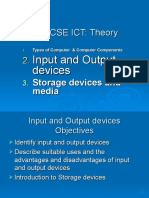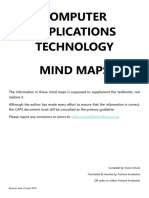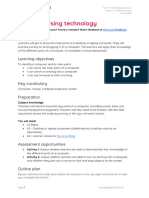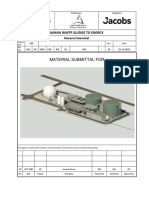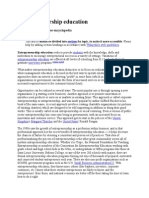0% found this document useful (0 votes)
46 views10 pagesTypes and Components of Computers
The document discusses two main types of computers: desktop computers and mobile computers. It describes desktop computers as non-portable computers designed to stay in one location and interact with peripheral devices like a monitor, keyboard, and mouse. Mobile computers are described as portable devices like laptops, smartphones, tablets, and phablets that allow users access computer resources on the go. The document outlines characteristics, uses, advantages, and disadvantages of both desktop and mobile computers.
Uploaded by
EmmaOssyCopyright
© © All Rights Reserved
We take content rights seriously. If you suspect this is your content, claim it here.
Available Formats
Download as PDF, TXT or read online on Scribd
0% found this document useful (0 votes)
46 views10 pagesTypes and Components of Computers
The document discusses two main types of computers: desktop computers and mobile computers. It describes desktop computers as non-portable computers designed to stay in one location and interact with peripheral devices like a monitor, keyboard, and mouse. Mobile computers are described as portable devices like laptops, smartphones, tablets, and phablets that allow users access computer resources on the go. The document outlines characteristics, uses, advantages, and disadvantages of both desktop and mobile computers.
Uploaded by
EmmaOssyCopyright
© © All Rights Reserved
We take content rights seriously. If you suspect this is your content, claim it here.
Available Formats
Download as PDF, TXT or read online on Scribd
/ 10






